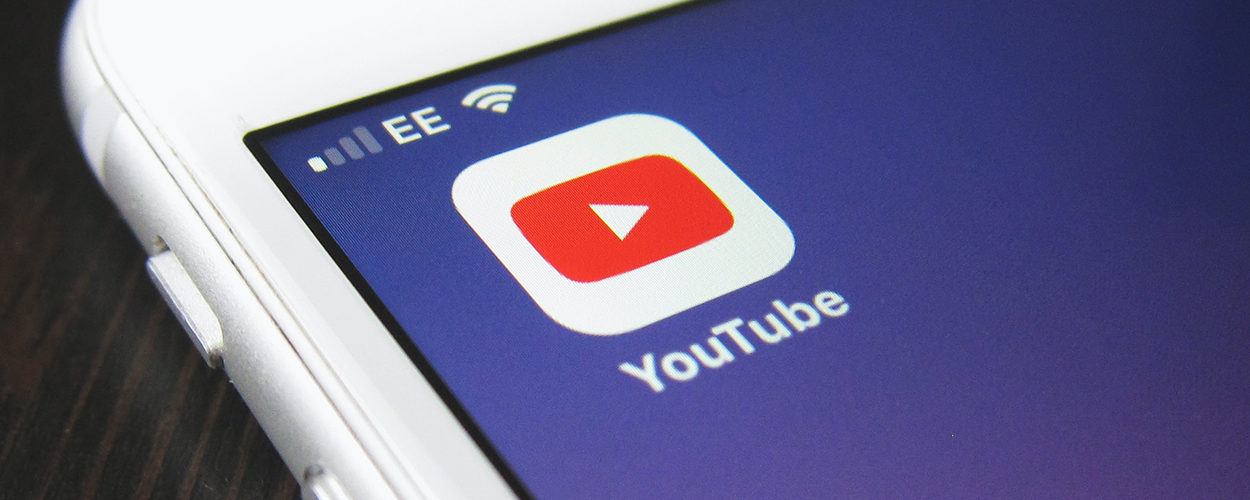This website uses cookies so that we can provide you with the best user experience possible. Cookie information is stored in your browser and performs functions such as recognising you when you return to our website and helping our team to understand which sections of the website you find most interesting and useful.
Business News Digital Labels & Publishers Legal
YouTube seeks dismissal of Content ID access legal dispute
By Chris Cooke | Published on Monday 20 December 2021

YouTube has confirmed it is seeking to have the long-running lawsuit pursued against it by musician Maria Schneider dismissed, arguing that an amended complaint from the plaintiff contains a “potpourri of pleading problems”.
Schneider’s main bugbear with YouTube is that independent creators like herself do not get access to the Google video site’s sophisticated rights management platform Content ID. The alternative manual system for requesting that videos containing copyright infringing material be removed is not fit for purpose, it’s argued, meaning YouTube is not complying with its obligations under the copyright safe harbour to avoid liability for that infringement.
The legal battle has been on quite a journey already, mainly because of Schneider’s original co-plaintiff. That was a little known anti-piracy company called Pirate Monitor which, it turned out, was a front for film director Gábor Csupó.
It transpired that he’d tried to secure access to Content ID by uploading his own content to YouTube channels and then reporting those uploads as copyright infringing. The aim, seemingly, was to prove that Csupó’s content was being infringed at sufficient levels on YouTube that his company deserved access to the rights management tools. Either way, those tactics damaged the credibility of Pirate Monitor as a plaintiff and so it bailed on the case.
With Csupó no longer involved, YouTube focused on disputing Schneider’s claims. It argued that she did have access to Content ID via her business partners, that her publisher had actually granted a licence for the use of her songs on the platform, and that the musician had failed to identify specific videos that used her music without permission.
Schneider countered that her publisher didn’t have the rights to include her songs in its YouTube licence, and anyway that licence didn’t cover all her songs. Meanwhile, she added, it was impossible for her to identify all the YouTube videos using her music without getting access to Content ID which, of course, is the whole point of the lawsuit.
As those arguments were going back and forth, two more plaintiffs joined the lawsuit, Uniglobe Entertainment LLC and AST Publishing.
In a new legal filing earlier this month, YouTube repeated its various complaints about Schneider’s claims, and also added that the new plaintiffs only made the litigation more problematic and perplexing.
“In this case filed nearly eighteen months ago, plaintiffs seek to assert copyright infringement claims on behalf of a sprawling putative class of copyright owners”, it stated. “One of the two original plaintiffs, Pirate Monitor, has since dismissed its claims with prejudice after YouTube uncovered proof of its wide-ranging fraud and after it acknowledged it did not own at least one of the copyrighted works it asserted”.
“The other original plaintiff, Maria Schneider, faces insurmountable obstacles to her infringement claims, including because her publishing agent granted YouTube a blanket licence to her musical works”, it went on.
“Presumably because of these weaknesses, plaintiffs’ counsel has now filed a first amended complaint with two new named plaintiffs joining Schneider as proposed class representatives, but asserting claims based on very different types of copyrighted works, including Russian audio books and Hindi-language translations of films”.
“Like the original plaintiffs, the new plaintiffs continue to hide the ball on their claims” the legal filing then said. “Ignoring this court’s order to identify all the copyrighted works at issue in the [amended complaint], plaintiffs purport to reserve the right to pursue claims for new, unidentified works whenever they please. That not only flouts the order, but also the law, which requires that all works at issue be identified in the operative pleading”.
The amended complaint “further suffers from a potpourri of pleading problems”, YouTube then stated, before outlining various issues, in particular around the registrations of allegedly infringed works with the US Copyright Office.
In some cases the plaintiffs are not listed as the copyright owners at the Copyright Office, or the registrations were made after the suit was filed. And in some cases the works infringed are foreign works not registered in the US which, YouTube argued, means plaintiffs can’t claim, as they are doing, statutory damages in relation to those alleged infringements.
YouTube’s latest filing then concluded: “If plaintiffs are not made to satisfy the basic pleading requirements for their claims, they will continue to bob and weave as they have for the past eighteen months. That will unfairly prejude defendants and disrupt case management. A dismissal order clearly confining the scope of the case to that which plaintiffs have properly pled will provide defendants with fair notice of the claims and chart a path for the litigation”.
So there you go. It remains to be seen what turn this long running legal dispute takes next.





